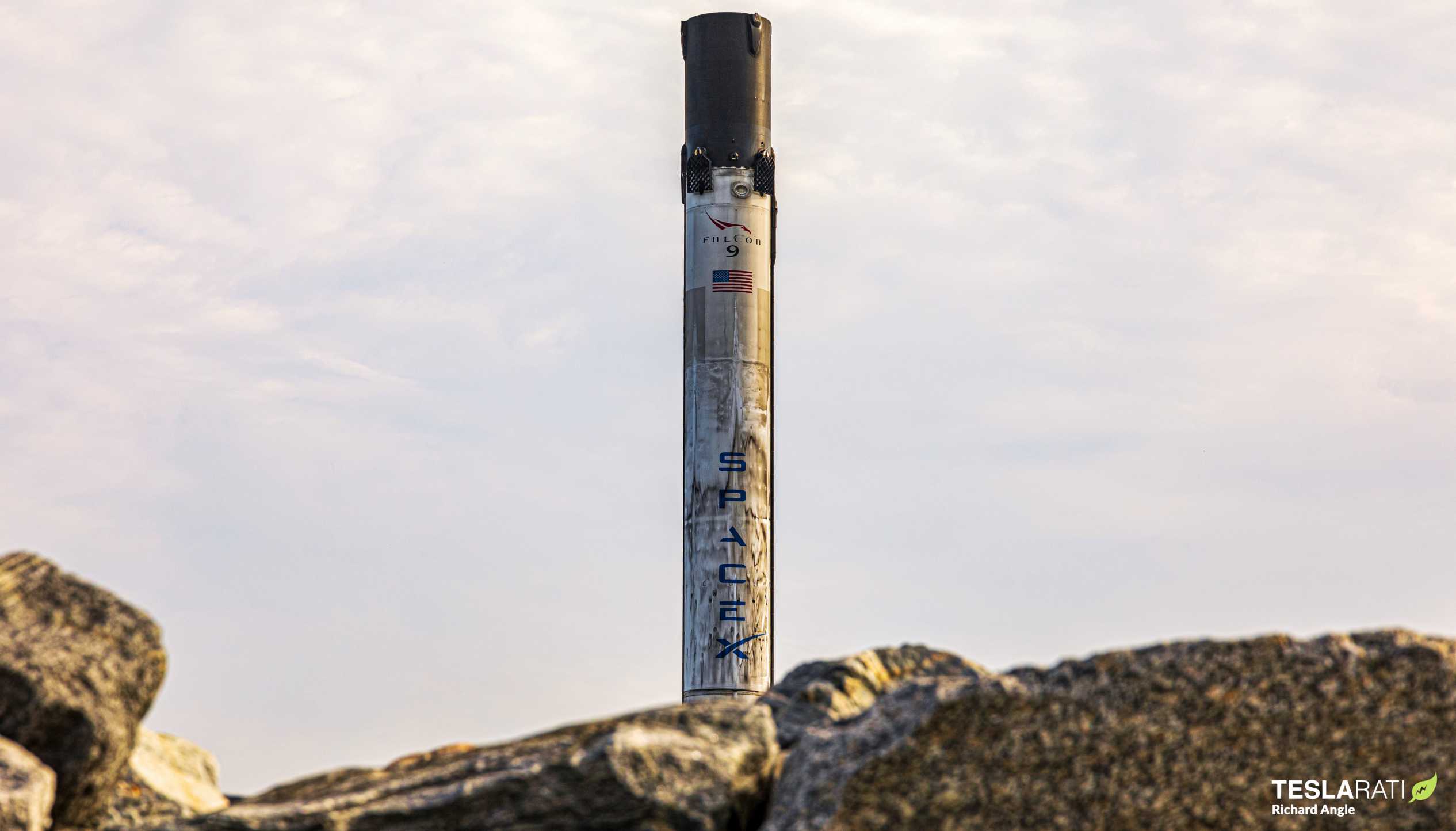

News
SpaceX adds fresh Falcon 9 booster to the fleet after drone ship recovery
SpaceX has added a second new Falcon 9 booster to its rocket fleet in just one month after B1060 safely returned to shore aboard drone ship Just Read The Instructions (JRTI) on July 4th.
Exactly 31 days prior, Falcon 9 booster B1058 sailed into Port Canaveral aboard drone ship Of Course I Still Love You (OCISLY) on June 3rd after becoming the first private rocket in history to launch astronauts into orbit. Prior to B1058’s successful May 30th launch and landing debut, SpaceX’s fleet of available flightworthy boosters appeared to be just three strong, comprised of B1049, B1051, and B1059. Supposedly (relatively) easy to reconfigure into regular Falcon 9 boosters, twice-flown Falcon Heavy side boosters B1052 and B1053 remain wildcards that seem unlikely to re-enter circulation anytime soon.
In other words, SpaceX has grown its fleet of flight-proven Falcon 9 boosters by almost 70% in a single month, undoubtedly bringing with it some welcome sighs of relief for the second half of the company’s 2020 launch manifest. Given just how ambitious SpaceX’s plans are for the next six months, both boosters are set to be invaluable assets in the near term.
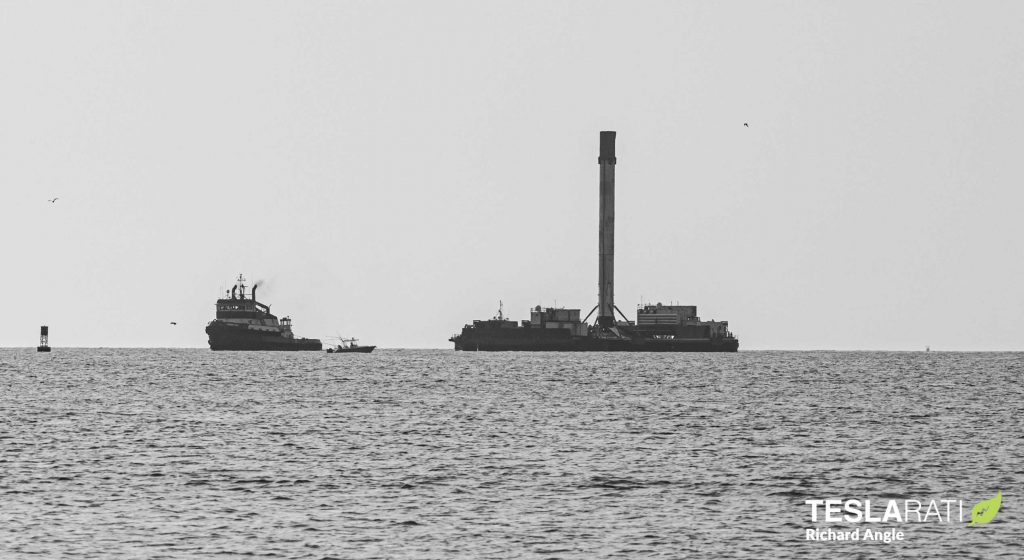
Postponed from June for unknown reasons, July could potentially be SpaceX’s busiest month of launches ever. The 10th overall Starlink launch – also SpaceX’s second Starlink rideshare – is on track to lift off with Falcon 9 booster B1051 on its fifth flight no earlier than (NET) 11:59 am EDT (16:59 UTC) on July 8th. Initially scheduled around June 22nd, B1051 no longer has a shot at beating SpaceX’s booster turnaround record, but it could snag a four-way tie with Falcon 9 boosters B1048, B1052, and B1053 at 74 days between launches.
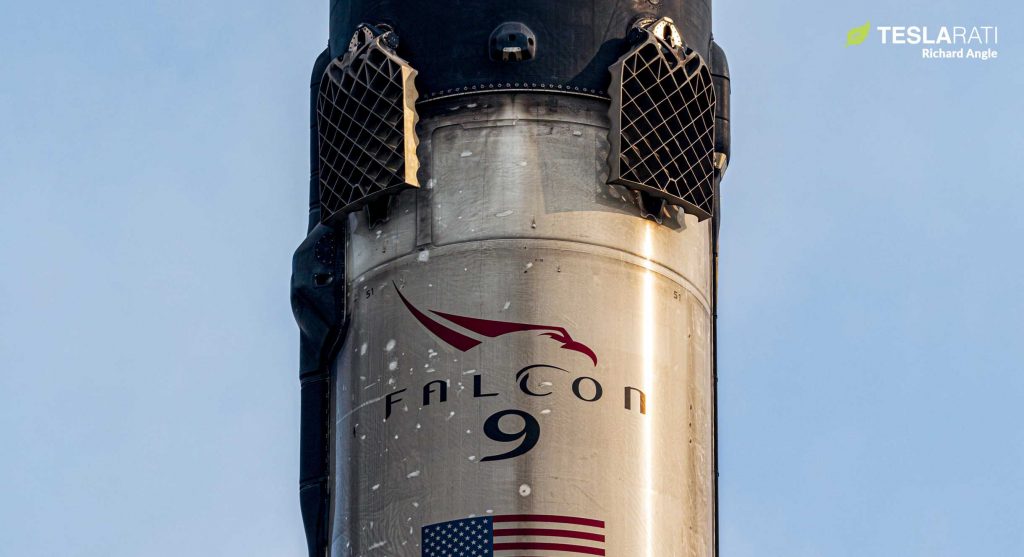
Up next, SpaceX is scheduled to launch the ANASIS II South Korean military communications satellite as early as July 14th. Perhaps just 11 days after that, another Falcon 9 rocket is scheduled to attempt the United States’ first East Coast polar launch in half a century with Argentina’s SAOCOM 1B Earth radar satellite mission. As of now, ANASIS II is expected to launch on booster B1058 according to Next Spaceflight, potentially crushing SpaceX’s booster turnaround record by 17 days (>25%). The Falcon 9 booster assigned to SAOCOM 1B remains a mystery at this point, although B1059 or B1049 are the obvious candidates, with B1060 a close third.
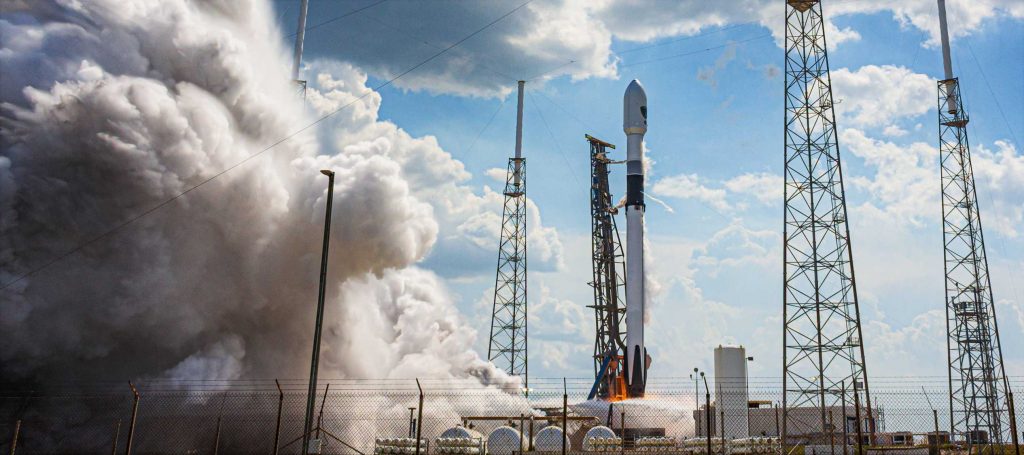
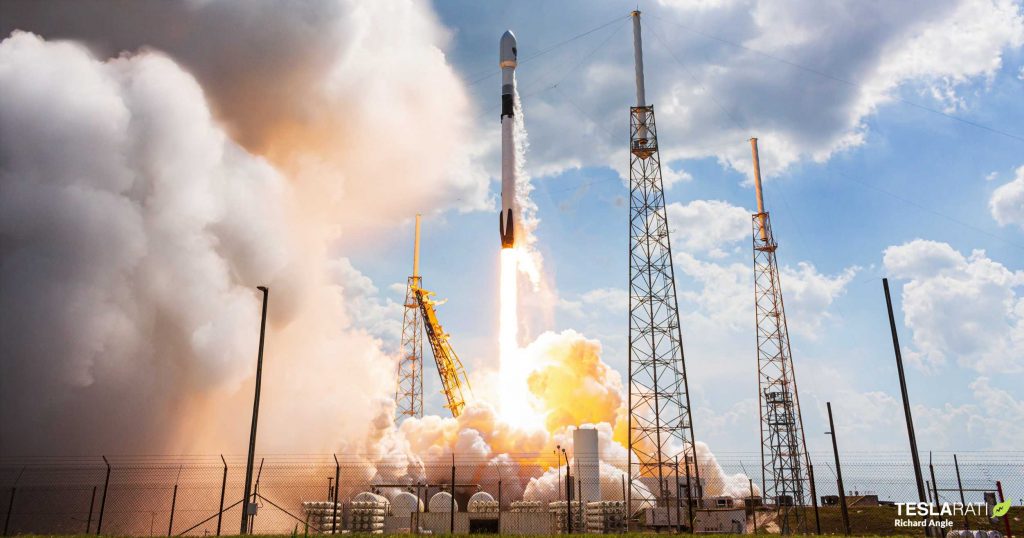
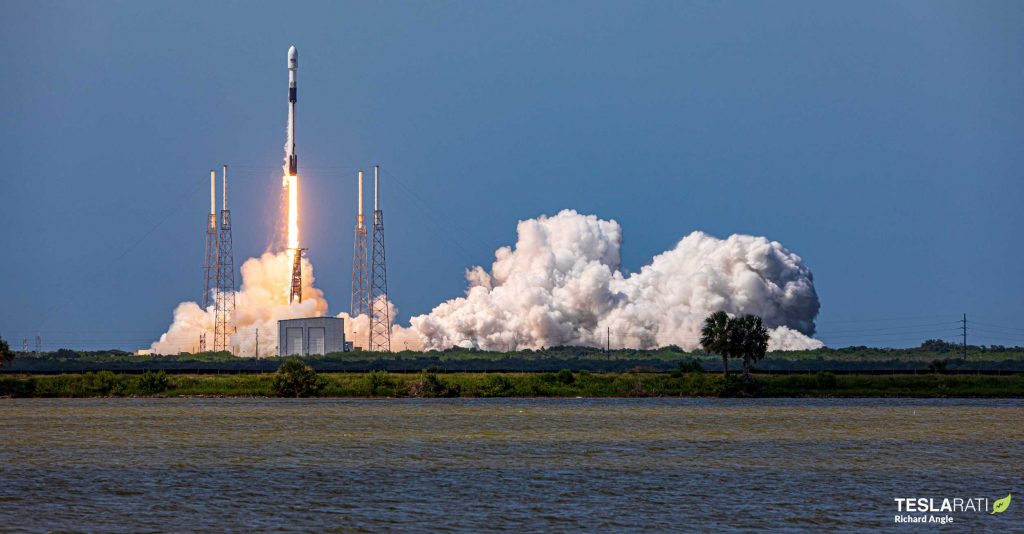
Finally, SpaceX has another Starlink mission – Starlink V1 L10 – scheduled to launch no earlier than late July, likely flying on either Falcon 9 B1049 or B1060.
For SpaceX to achieve its goal of 2-4 launches per month for the rest of the year, it looks like its newly expanded fleet of Falcon 9 boosters is going to have to routinely break or at least skirt turnaround records of just a handful of weeks. As an example, in July alone, SpaceX will need to use four of its five-booster fleet to complete the four launches it has scheduled, while the fifth booster last launched on either June 3rd, 13th, or 30th.
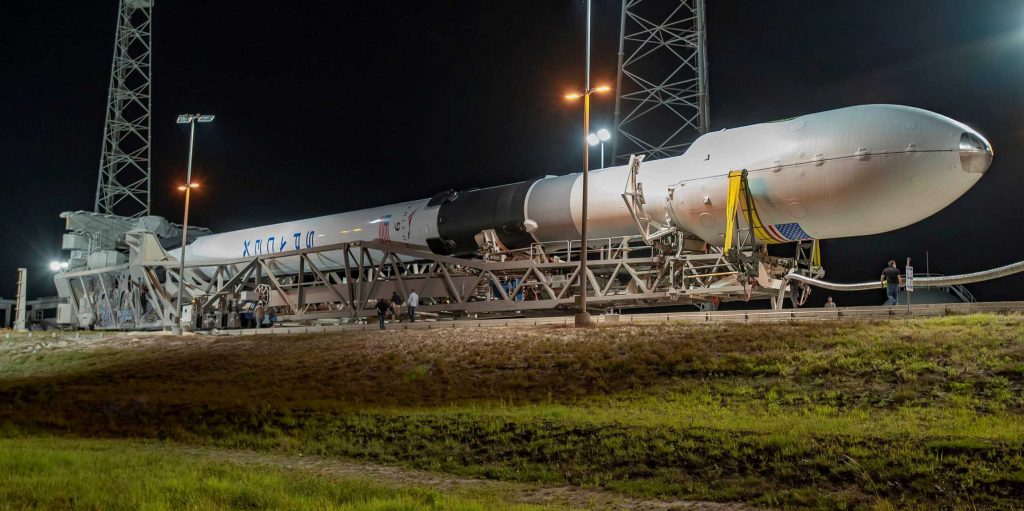
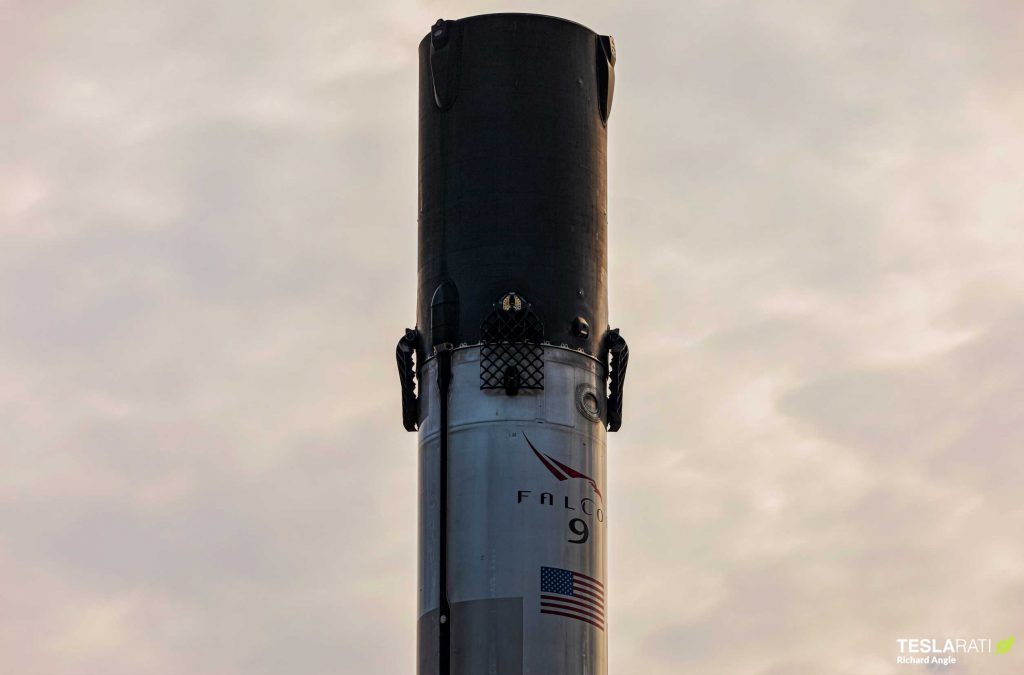
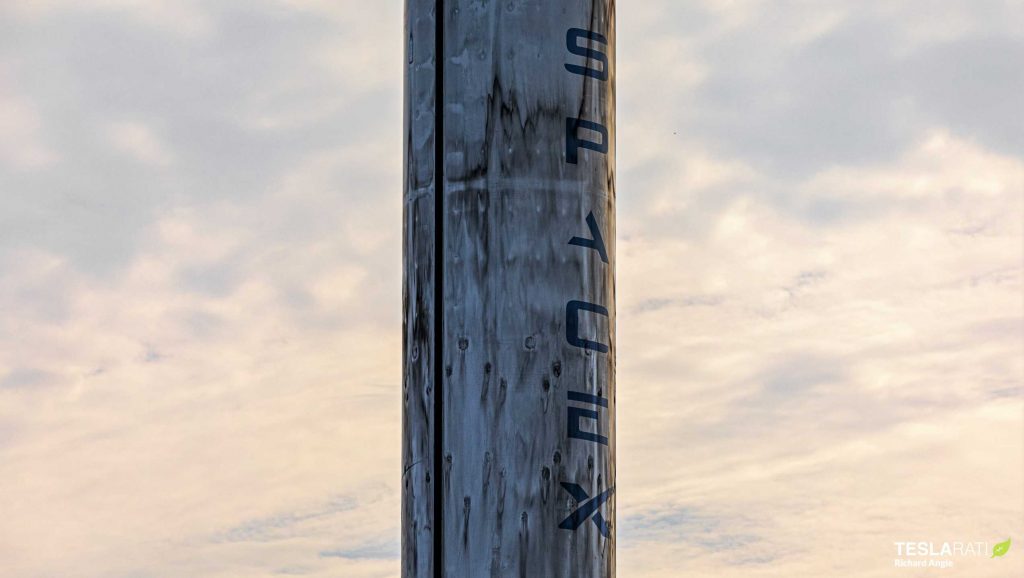
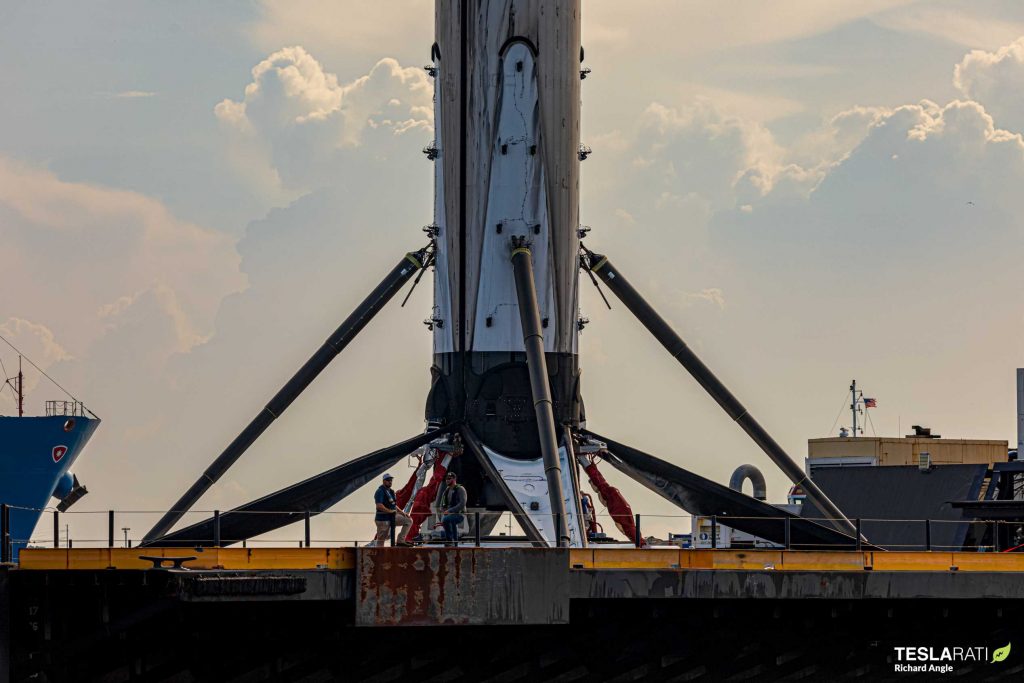
SpaceX has at least two additional Starlink missions scheduled in August, meaning that both B1051 and B1058 will need to launch just 40-50 days later to sustain that cadence. Thankfully, September should bring a bit of respite heading into Q4 2020 if both Falcon 9 boosters B1061 and B1062 debut on scheduled in mid-September (Crew Dragon’s first operational astronaut launch) and September 30th (GPS III SV04), respectively. If successfully recovered, SpaceX’s fleet will grow to seven boosters strong – likely more than enough to sustain an average cadence of one launch every 10-14 days.
Check out Teslarati’s Marketplace! We offer Tesla accessories, including for the Tesla Cybertruck and Tesla Model 3.
News
Tesla begins Robotaxi certification push in Arizona: report
Tesla seems serious about expanding its Robotaxi service to several states in the coming months.

Tesla has initiated discussions with Arizona transportation regulators to certify its driverless Robotaxi service in the state, as per a recent report from Bloomberg News. The move follows Tesla’s launch of its Robotaxi pilot program in Austin, Texas, as well as CEO Elon Musk’s recent comments about the service’s expansion in the Bay Area.
The Arizona Department of Transportation confirmed to Bloomberg that Tesla has reached out to begin the certification process for autonomous ride-sharing operations in the state. While details remain limited, the outreach suggests that Tesla is serious about expanding its driverless Robotaxi service to several territories in the coming months.
The Arizona development comes as Tesla prepares to expand its service area in Austin this weekend, as per CEO Elon Musk in a post on X. Musk also stated that Tesla is targeting the San Francisco Bay Area as its next major market, with a potential launch “in a month or two,” pending regulatory approvals.
Tesla first launched its autonomous ride-hailing program on June 22 in Austin with a small fleet of Model Y vehicles, accompanied by a Tesla employee in the passenger seat to monitor safety. While still classified as a test, Musk has said the program will expand to about 1,000 vehicles in the coming months. Tesla will later upgrade its Robotaxi fleet with the Cyercab, a two-seater that is designed without a steering wheel.
Sightings of Cybercab castings around the Giga Texas complex suggests that Tesla may be ramping the initial trial production of the self-driving two-seater. Tesla, for its part, has noted in the past that volume production of the Cybercab is expected to start sometime next year.
In California, Tesla has already applied for a transportation charter-party carrier permit from the state’s Public Utilities Commission. The company is reportedly taking a phased approach to operating in California, with the Robotaxi service starting with pre-arranged rides for employees in vehicles with safety drivers.
News
Tesla sets November 6 date for 2025 Annual Shareholder Meeting
The automaker announced the date on Thursday in a Form 8-K.

Tesla has scheduled its 2025 annual shareholder meeting for November 6, addressing investor concerns that the company was nearing a legal deadline to hold the event.
The automaker announced the date on Thursday in a Form 8-K submitted to the United States Securities and Exchange Commission (SEC). The company also listed a new proposal submission deadline of July 31 for items to be included in the proxy statement.
Tesla’s announcement followed calls from a group of 27 shareholders, including the leaders of large public pension funds, which urged Tesla’s board to formally set the meeting date, as noted in a report from The Wall Street Journal.
The group noted that under Texas law, where Tesla is now incorporated, companies must hold annual meetings within 13 months of the last one if requested by shareholders. Tesla’s previous annual shareholder meeting was held on June 13, 2024, which placed the July 13 deadline in focus.
Tesla originally stated in its 2024 annual report that it would file its proxy statement by the end of April. However, an amended filing on April 30 indicated that the Board of Directors had not yet finalized a meeting date, at least at the time.
The April filing also confirmed that Tesla’s board had formed a special committee to evaluate certain matters related to CEO Elon Musk’s compensation plan. Musk’s CEO performance award remains at the center of a lengthy legal dispute in Delaware, Tesla’s former state of incorporation.
Due to the aftermath of Musk’s legal dispute about his compensation plan in Delaware, he has not been paid for his work at Tesla for several years. Musk, for his part, has noted that he is more concerned about his voting stake in Tesla than his actual salary.
At last year’s annual meeting, TSLA shareholders voted to reapprove Elon Musk’s compensation plan and ratified Tesla’s decision to relocate its legal domicile from Delaware to Texas.
Elon Musk
Grok coming to Tesla vehicles next week “at the latest:” Elon Musk
Grok’s rollout to Tesla vehicles is expected to begin next week at the latest.

Elon Musk announced on Thursday that Grok, the large language model developed by his startup xAI, will soon be available in Tesla vehicles. Grok’s rollout to Tesla vehicles is expected to begin next week at the latest, further deepening the ties between the two Elon Musk-led companies.
Tesla–xAI synergy
Musk confirmed the news on X shortly after livestreaming the release of Grok 4, xAI’s latest large language model. “Grok is coming to Tesla vehicles very soon. Next week at the latest,” Musk wrote in a post on social media platform X.
During the livestream, Musk and several members of the xAI team highlighted several upgrades to Grok 4’s voice capabilities and performance metrics, positioning the LLM as competitive with top-tier models from OpenAI and Google.
The in-vehicle integration of Grok marks a new chapter in Tesla’s AI development. While Tesla has long relied on in-house systems for autonomous driving and energy optimization, Grok’s integration would introduce conversational AI directly into its vehicles’ user experience. This integration could potentially improve customer interaction inside Tesla vehicles.
xAI and Tesla’s collaborative footprint
Grok’s upcoming rollout to Tesla vehicles adds to a growing business relationship between Tesla and xAI. Earlier this year, Tesla disclosed that it generated $198.3 million in revenue from commercial, consulting, and support agreements with xAI, as noted in a report from Bloomberg News. A large portion of that amount, however, came from the sale of Megapack energy storage systems to the artificial intelligence startup.
In July 2023, Musk polled X users about whether Tesla should invest $5 billion in xAI. While no formal investment has been made so far, 68% of poll participants voted yes, and Musk has since stated that the idea would be discussed with Tesla’s board.
-

 Elon Musk1 week ago
Elon Musk1 week agoTesla investors will be shocked by Jim Cramer’s latest assessment
-

 Elon Musk3 days ago
Elon Musk3 days agoElon Musk confirms Grok 4 launch on July 9 with livestream event
-

 Elon Musk14 hours ago
Elon Musk14 hours agoxAI launches Grok 4 with new $300/month SuperGrok Heavy subscription
-

 News7 days ago
News7 days agoTesla Model 3 ranks as the safest new car in Europe for 2025, per Euro NCAP tests
-

 Elon Musk2 weeks ago
Elon Musk2 weeks agoA Tesla just delivered itself to a customer autonomously, Elon Musk confirms
-

 Elon Musk1 week ago
Elon Musk1 week agoxAI’s Memphis data center receives air permit despite community criticism
-

 Elon Musk2 weeks ago
Elon Musk2 weeks agoTesla’s Omead Afshar, known as Elon Musk’s right-hand man, leaves company: reports
-

 News2 weeks ago
News2 weeks agoXiaomi CEO congratulates Tesla on first FSD delivery: “We have to continue learning!”

















